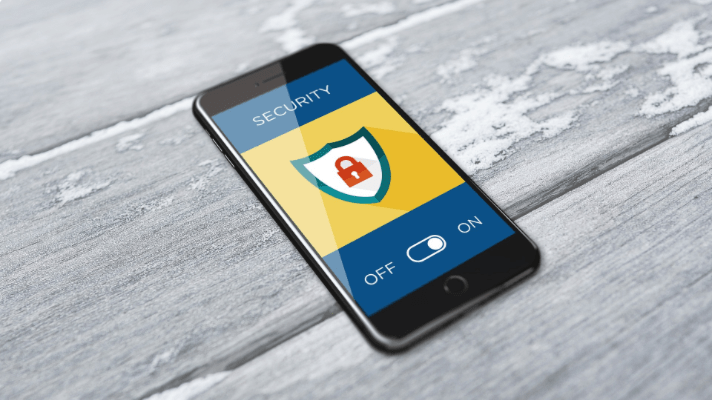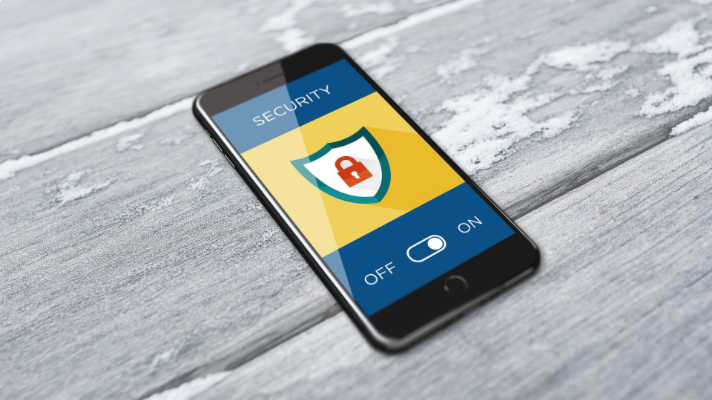We rely on the internet more than ever. Most of us are always ‘connected’. Constant connectivity can open the door for bad guys. They know you and your colleagues store and share data on your connected devices. Knowing the risks can help you keep your data safe and reduce the impact of an attack. Here’s info that can help you avoid costly mistakes when it comes to cybersecurity.
 What is cybersecurity?
What is cybersecurity?
Cybersecurity is the protection of your hardware, software, and data from malicious threats. It’s the combination of tools and best practices that keep your data safe.
Common Threats
Cybersecurity attacks threaten you and your data by affecting:
- Confidentiality, by accessing private information
- Integrity, by destroying or altering data
- Availability, by stopping you from working
Knowing what methods criminals use to attack gives you a meaningful way to prepare. Here are a few. Keep in mind that a lot of these work together.
- Malware is a broad term. It’s software that damages or gains unauthorized access. The user often downloads it unknowingly as it hides within a file or an attachment.
- Ransomware is malware used to lock or encrypt data. It then demands a ransom. Although reported to unlock after payment, you shouldn’t expect the data’s safe return.{{cta(‘886f212b-cae2-483d-9f9b-32ed7a727b24′,’justifyright’)}}
- Phishing cons the user by acting as a trusted source. It’s likely an urgent email asking for logins or money. Ever get a fake email asking you to click a link to reset a password? Please don’t do it.
- Some threats make careful plans. An advanced persistent threat is an intruder that gains access to a system so they can steal data over time. They pick a target and work to get around their defenses.
- A soured user is an older but still relevant threat. Inside attacks come from users (or ex-users) that steal or delete data.
- Zero-day attacks exploit flaws before experts issue a fix. The good guys try to keep flaws secret until they report a patch. However, the bad guys look to attack those that don’t install the patches right away.
How to stay protected
There is no single tool to ensure complete cybersecurity. The best plan uses layers of security. It also involves people and processes. Here are central parts to include in your security plan:
- Network security to stop threats from entering or spreading across your network like firewalls, anti-virus, and secure VPN for remote access
- Information security or data protection measures like encryption, strong passwords, and multi-factor authentication
- End-user education to keep security top-of-mind
- Reliable backups as a defense against data loss
- Processes for responding to an attack so you can react fast
Failing to protect your data and your customers’ data can cost you a great deal of money. It can even ruin your reputation. Cybersecurity requires planning. Doing it right is vital. If you’d like to review your security efforts with our team of experts, let us know!


